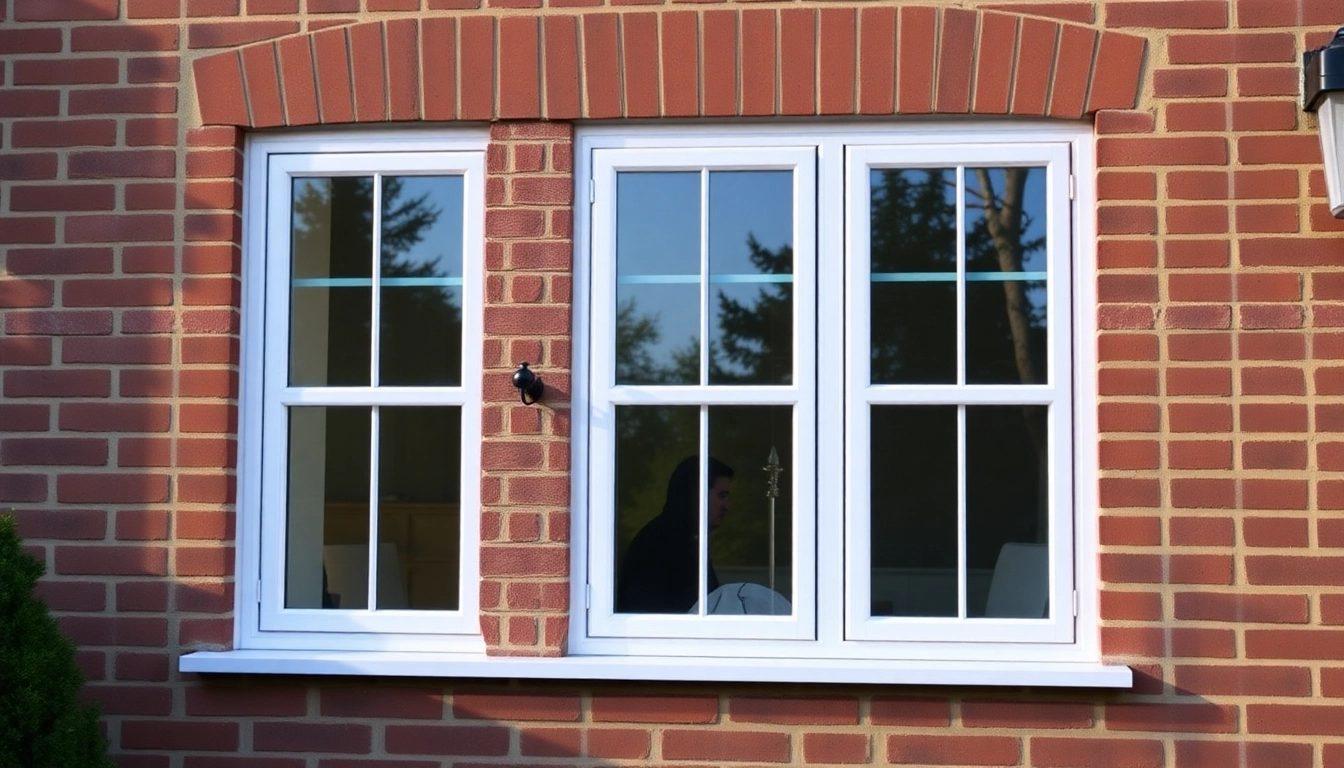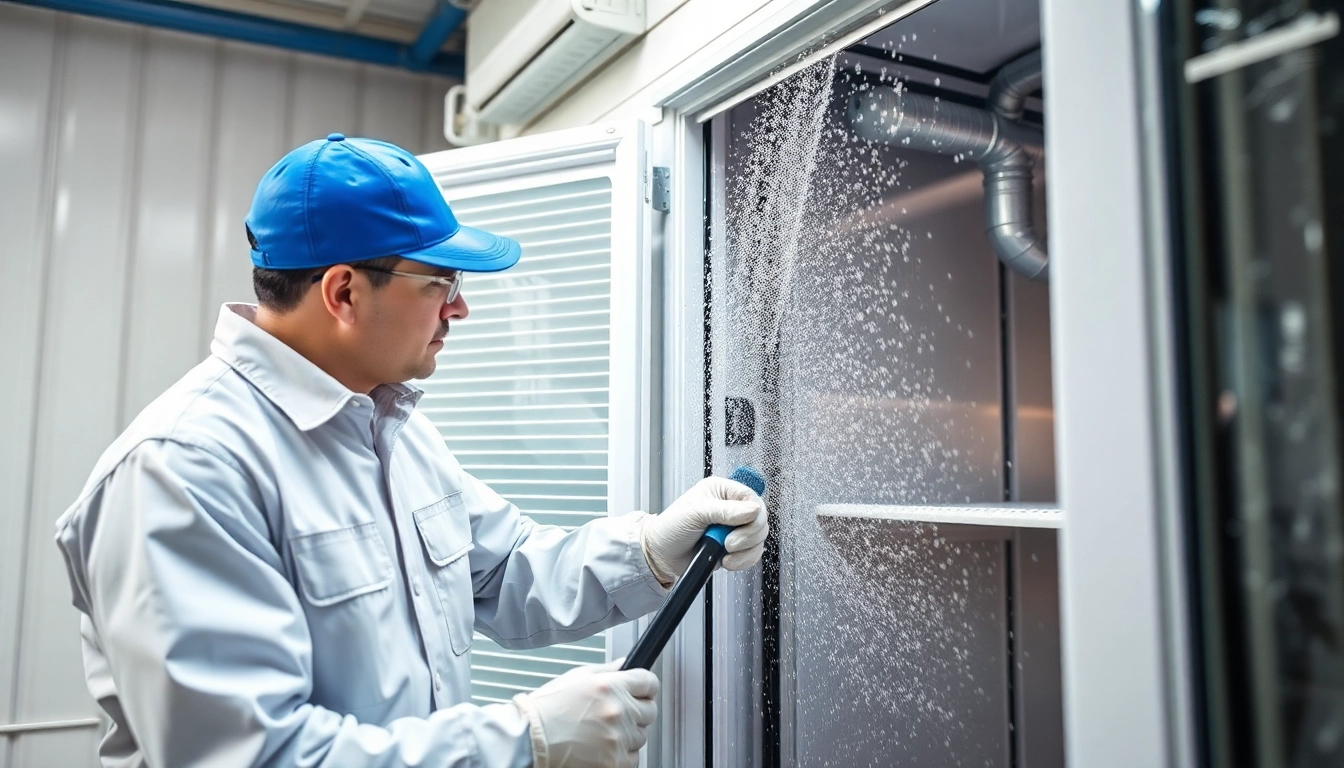Understanding the Benefits of New Sash Windows
Upgrading to new sash windows is a transformative step for homeowners seeking to blend timeless charm with modern functionality. These heritage-inspired windows not only enhance the aesthetic appeal of your property but also deliver substantial improvements in energy efficiency, security, and durability. Whether restoring a historic townhouse or revitalizing a contemporary residence, investing in high-quality sash windows offers long-term value and a significant boost to your home’s overall comfort.
Traditional Appeal Meets Modern Efficiency
Preserving Historic Charm with Contemporary Benefits
Sash windows have been a defining feature of British architecture for centuries, renowned for their elegant slide and distinctive grid patterns. Traditionally crafted from timber, these windows lend a unique character that beautifully complements period properties. Modern manufacturing techniques, however, have evolved to produce sash windows using advanced materials such as uPVC and engineered timber, ensuring they maintain their iconic appearance while offering increased energy efficiency and lower maintenance.
The seamless blend of classic aesthetic with contemporary performance is a primary reason why new sash windows are popular today. Innovations such as double glazing, weatherproofing, and improved sealing methods enable these windows to minimize heat loss, reduce external noise, and withstand the elements over decades—ensuring your investment remains attractive and functional for generations.
Energy Savings and Insulation Improvements
Achieving Superior Thermal Performance
One of the most compelling reasons to install new sash windows is the significant enhancement in energy efficiency they provide. Older timber or single-glazed sash windows often contribute to heat loss, leading to higher heating bills and reduced comfort. Modern sash windows incorporate double or even triple glazing, low-emissivity (Low-E) coatings, and thermally broken frames that dramatically improve insulation.
For instance, a typical uPVC sash window with double glazing can achieve window energy ratings (such as A-rated units) that surpass traditional counterparts. This translates into better thermal retention, fewer cold drafts, and more stable indoor temperatures—all of which contribute to substantial energy savings over time.
According to recent studies, upgrading to new double-glazed sash windows can reduce household heating costs by up to 20%, and in some cases, more depending on existing conditions. This eco-friendly aspect not only benefits your utility bills but also reduces your carbon footprint.
Enhanced Security and Longevity
Modern Security Features for Peace of Mind
Security is a critical consideration for any property owner. Traditional sash windows, with their slender frames and older locking mechanisms, can sometimes be vulnerable to break-ins. Contemporary sash windows are engineered with advanced locking systems, multi-point locks, and reinforced materials to provide a high level of security.
Features such as sash window restrictors, secure latches, and reinforced hinges not only prevent unauthorized access but also ensure that windows remain stable and resilient against forced entry attempts. Additionally, high-quality uPVC and engineered timber offer enhanced durability, resisting warping, cracking, and decay over decades.
The longevity of new sash windows is further supported by warranties ranging from 10 to 25 years, depending on the material and manufacturer. Routine maintenance, such as lubrication and cleaning, can extend their lifespan while preserving their appearance and functionality.
Choosing the Right Style and Material
uPVC vs Timber Sash Windows Options
Selecting the appropriate material is fundamental to matching your property’s style, budget, and maintenance preferences. uPVC sash windows are renowned for their low maintenance, thermal efficiency, and affordability. They come in a variety of colors and finishes, with some manufacturers offering authentic woodgrain effects that mimic the appearance of natural timber.
Timber sash windows, on the other hand, provide a more traditional and authentic aesthetic. Made from engineered or sustainably sourced wood, they can be crafted to match period-specific details such as Georgian bars, architraves, and decorative glazing cames. They tend to require regular maintenance, including painting or sealing, but are preferred by those seeking the most historic accuracy.
Factors influencing your choice include budget, architectural style, desired longevity, and maintenance capacity. Comprehensive comparisons can guide you toward the best material for your specific needs.
Design Features and Customization
Modern sash windows offer a broad range of design options and customizations. You can select from various sash sizes, opening configurations (such as single or double-hung), and grille patterns. Additional features like tilt-in sashes facilitate easy cleaning from inside the home, while stain or paint finishes allow for personalized aesthetic touches.
For historical buildings, custom detailing like traditional hardware, sash horns, and specific glazing patterns help preserve architectural integrity. Contemporary designs may include slim sightlines and acoustic glazing for superior noise reduction.
Matching Window Style to Your Home’s Architecture
The key to a cohesive appearance is selecting sash window styles that complement your property’s architectural era. Victorian homes often feature tall, narrow sashes with intricate glazing patterns, while Georgian houses favor symmetrical designs with distinctive grid work. Modern minimalist homes may prefer slim, unobtrusive frames with larger panes for maximum light.
Consulting with an expert or viewing reputable case studies can help you choose styles that enhance your home’s charm and maintain its character. Many manufacturers provide digital design tools that allow you to visualize different options before making a decision.
Installation Process & Cost Considerations
Step-by-Step Installation Overview
Professional installation of new sash windows involves several sequential steps designed to ensure precision and longevity:
- Initial Assessment: A survey of existing window openings, style, and the surrounding architecture to determine the best solution.
- Measurement and Customization: Precise measurements and selection of materials, finishes, and hardware.
- Preparation: Removal of old windows, including any necessary structural modifications or repairs.
- Installation: Fitting the new sash windows with secure anchoring, proper sealing, and locking mechanisms.
- Finishing and Inspection: Sealing gaps, applying finishes if required, and testing functionality to ensure smooth operation and security.
Ensuring proper installation is vital. Poorly fitted windows can compromise energy efficiency and security, leading to increased costs and potential damage.
Factors Affecting Price of New Sash Windows
The cost of new sash windows varies significantly based on several factors:
- Material: uPVC options start from approximately £326 for basic models, while premium timber windows can cost between £2,370 and £2,725 per unit.
- Size: Larger or custom-shaped windows have higher manufacturing and installation costs.
- Double or Triple Glazing: Additional glazing layers improve insulation but increase expense.
- Design Complexity: Features such as decorative glazing, reinforced hardware, or intricate grille patterns add to the price.
- Location: Regional variations and accessibility can influence installation costs.
On average, expect to pay between £1,000 and £2,000 for a typical double-glazed uPVC sash window, while timber windows tend to be more expensive but offer higher aesthetic authenticity.
Budget-Friendly Solutions and Financing Options
To make upgrading more accessible, many suppliers offer financing options, flexible payment plans, or discounts on multiple units. Additionally, considering budget models that still meet quality standards can provide a cost-effective upgrade without sacrificing performance.
It’s advisable to request detailed quotes from multiple installers and inquire about warranties and after-sales service to ensure you receive good value for your investment.
Maintenance and Upkeep of New Sash Windows
Cleaning and Operating Tips
Proper maintenance enhances the lifespan and appearance of your new sash windows. Regular cleaning with mild soap and water keeps frames and glass clear, while lubricating sash cords, hinges, and locks annually prevents operational issues.
For uPVC windows, minimal upkeep is required—simply wipe with a damp cloth and avoid abrasive cleaners. Timber windows benefit from periodic repainting or sealing to protect against weathering.
Replacing Sash Window Parts When Needed
Over time, individual components such as sash cords, locks, or seals may require replacement. Sash cords, in particular, are a common wear item but are straightforward for professionals to replace, typically costing between £120 and £160 per window.
Maintaining these parts promptly ensures smooth operation and preserves energy efficiency. Many manufacturers supply replacement hardware compatible with various sash window models.
Longevity and Warranty Insights
Well-maintained new sash windows can last 20 years or more. Timber units, with proper care, can reach up to 50 years, while uPVC alternatives might extend their service life beyond 30 years. Most suppliers offer warranties ranging from 10 to 25 years, covering manufacturing defects and hardware issues.
Regular inspections and timely repairs help maximize your windows’ lifespan, ensuring ongoing performance and value.
Planning, Regulations, and Making Your Purchase
Planning Permission & Conservation Area Guidelines
Before proceeding, it’s essential to consider local planning regulations and conservation guidelines. Generally, replacing sash windows with like-for-like materials and styles in permitted areas doesn’t require planning approval. However, if your property is in a conservation area or a listed building, you may need to seek permission or adhere to specific guidelines to maintain heritage standards.
Consulting with local authorities or heritage bodies ensures compliance and smooth approval processes. Many reputable suppliers are familiar with these regulations and can assist in preparing necessary documentation.
How to Choose a Trusted Installer
Selecting a qualified, experienced installer is crucial to achieving a high-quality outcome. Look for professionals with relevant certifications, positive customer reviews, and proven portfolios. Request references, verify credentials, and ensure that they adhere to industry standards such as FENSA or CERTASS.
A trusted installer will provide thorough consultation, accurate quotations, and comprehensive warranties, giving you peace of mind throughout the project.
Requesting Quotes and Custom Design Consultation
When obtaining quotes, clearly communicate your preferences regarding materials, styles, and any bespoke features. Many companies offer free site surveys and design consultations, allowing you to explore options, visualize the final result, and discuss customization.
Comparing detailed quotes, understanding the scope of work, and clarifying warranty terms will help you make an informed purchasing decision.



